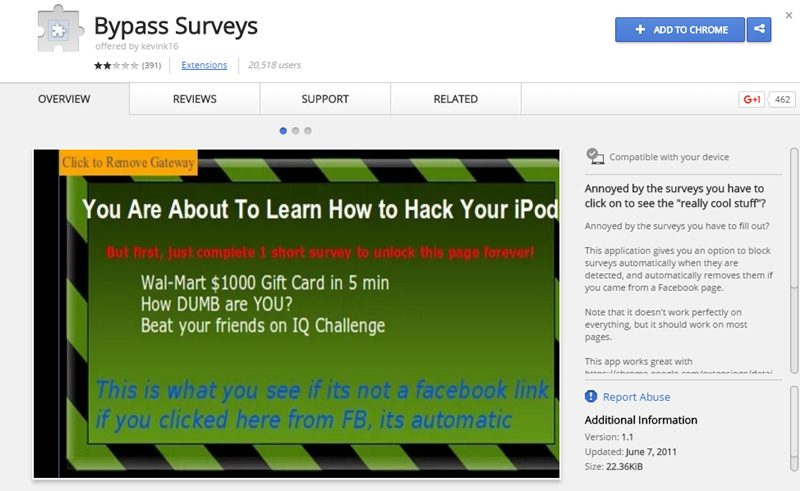
For a single user, a hard-to-use app will either be a source of stress and frustration or be entirely sidelined in favor of a more accessible alternative (Sevilla et al. 2016 Yan and Ramachandran 2019).Īpplications that are not accessible or are only partially accessible are an obstacle for both individuals and businesses (Ballantyne et al. This aspect does not only represent a challenge for researchers in the field of computer-human interaction (CHI) but also for software maintenance and evolution research, which is called to devise novel instruments to support developers when evolving successful mobile apps that all types of users can use (Martin et al. Therefore, an ever-increasing population of users needs to interact with the functionalities they implement. In such a context, mobile apps represent one of the primary means of allowing human interaction. The trend is tremendously and continuously increasing these days: the rise of social distancing has indeed changed the way people communicate and interact with each other (Martin et al. apps, are nowadays used by billion users for any social and emergency connectivity (Wasserman 2010). This behavior is mainly due to the lack of developers’ awareness of accessibility concerns and the lack of tools to support them during the development. The key results of the study show that most accessibility guidelines are ignored when developing mobile apps.

We aim to (i) verify how accessibility guidelines are implemented in mobile applications through a coding strategy and (ii) survey mobile developers on the issues and challenges of dealing with accessibility in practice. To bridge the gap of knowledge on the state of the practice concerning the accessibility of mobile applications, we adopt a mixed-method research approach with a twofold goal. While research in this field is gaining interest, there is still a notable lack of knowledge on how developers practically deal with the problem: (i) whether they are aware and take accessibility guidelines into account when developing apps, (ii) which guidelines are harder for them to implement, and (iii) which tools they use to be supported in this task.

Being so pervasive, these applications should be made usable for all users: accessibility collects the guidelines that developers should follow to include features allowing users with disabilities (e.g., visual impairments) to better interact with an application.

Nowadays, mobile applications represent the principal means to enable human interaction.


 0 kommentar(er)
0 kommentar(er)
